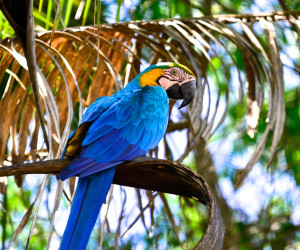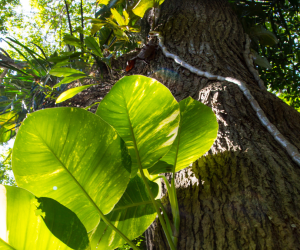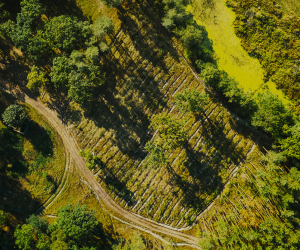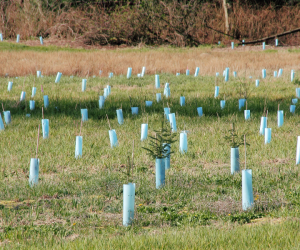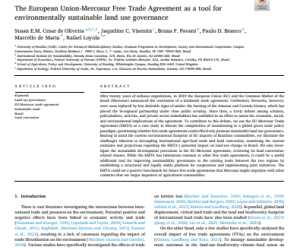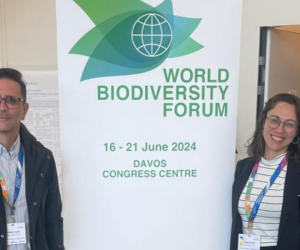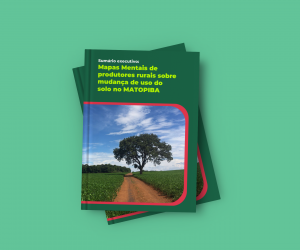News > News
23.10.24
Biodiversity credits: a promising financial solution for sustainable and deforestation-free agriculture
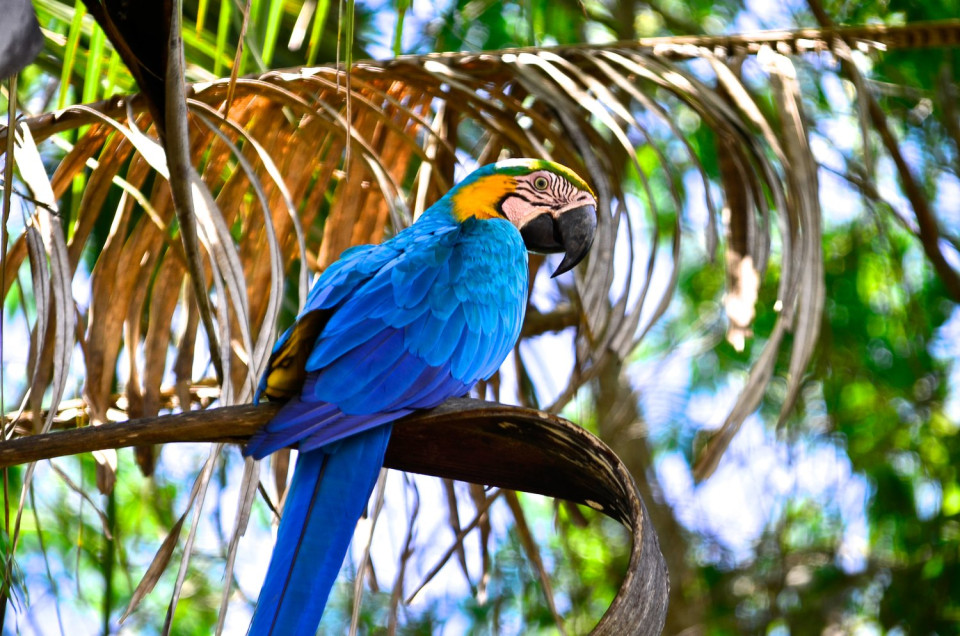
Changes in land use are one of the main factors in the loss of biodiversity in land environments, mainly due to the degradation and conversion of native vegetation areas to alternative uses, such as agriculture (Díaz et al., 2019). Some of the impacts of these changes are higher emissions and lower greenhouse gas capture (SEEG, 2023), as well as the loss of ecosystem services, making them less resilient to the effects of climate change. This means it is important not only to prevent deforestation and its direct and indirect impacts on biodiversity, but also to implement sustainable and deforestation-free agricultural systems, to find ways for agriculture to develop while conserving biodiversity.
Besides the threat of illegal deforestation, Brazilian law allows 100.4 million hectares of native vegetation to be cut down legally (PLANAFLOR, 2021). In the MATOPIBA region alone (comprising parts of Maranhão, Tocantins, Piauí and Bahia states), Brazil’s agricultural frontier today, 10 million hectares of native vegetation located in areas with a clear vocation for agriculture run the risk of deforestation because they are outside protected areas (Rudorff et al., 2020). One strategy to prevent deforestation in these areas may be to introduce Payments for Environmental Services (PES). In MATOPIBA, receiving a PES was cited by farm owners as the main reason for conserving remaining areas of native vegetation on their properties, i.e. land that could be deforested legally (IIS-Rio, 2023). However, some programs’ requirements, such as ensuring continuity by converting areas into private natural heritage reserves (RPPN), may make the cost to landowners higher than the land’s own opportunity cost, posing a challenge for implementation and maintenance.
One possible way out of this bottleneck would be to add value to the conserved area by generating biodiversity credits. While discussions on the idea are still at a very early stage, mainly due to implementation challenges, this economic tool is a promising alternative to finance actions that could bring measurable benefits for nature and biodiversity, including the preservation of species, ecosystems and natural habitats, and could be an incentive to conserve these areas. Biodiversity credits certify that an area actually contributes to conserving biodiversity, and that this result is durable and additional to what would have occurred if the area had been subjected to another type of use or management (Biodiversity Credit Alliance, 2024). Thus, conserved and/or sustainably managed areas can generate biodiversity credits, as long as they are technically validated by independent audits. The emergence of voluntary markets for such credits is a major opportunity to prevent and mitigate impacts on nature by financing measurable and verifiable biodiversity-related results (World Economic Forum, 2022).
Credits can be generated by private institutions, landowners, non-governmental organizations, or any type of entity capable of managing, measuring and monitoring biodiversity. Biodiversity improvements can be measured in various ways, such as by comparing them to a reference site, which can be a protected area with the same ecosystem and/or species of interest, to ensure that biodiversity levels have improved due to projects or management being implemented. These credits are then bought and sold in market transactions, and the funds raised return to the biodiversity managers, creating a sustainable cycle of funding for environmental conservation.
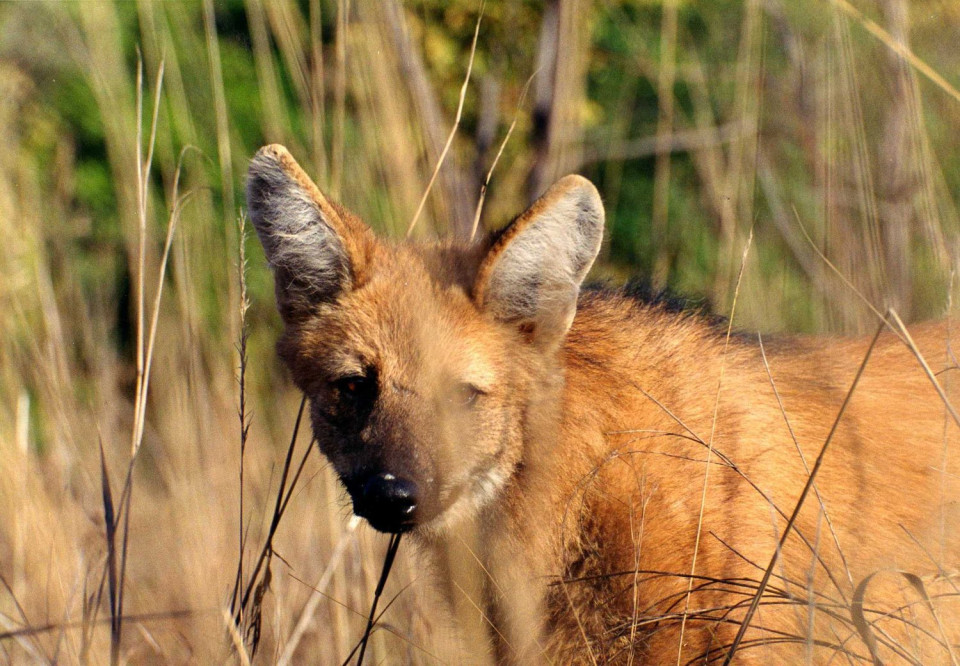
In addition to benefits for nature, biodiversity credits offer an opportunity for companies to demonstrate positive environmental impact strategies through investments in conserving biodiversity and ecosystems. These measures reconcile environmental, economic and social aspects that support society, mitigate the global climate crisis, contribute to long-term business viability and open up new business opportunities (Biodiversity Credit Alliance, 2023). As summarized by the World Economic Forum (2023a), biodiversity credits could deliver value to companies in five interrelated ways:
-
Quality assurance: Support quality assurance for companies buying nature-based carbon credits, by delivering biodiversity benefits (if robust additionality rules are met);
-
Sustainable access: Enable companies to assure sustainable access to ecosystem services such as pollination, flood protection and soil fertility;
-
Corporate contribution: Demonstrate a corporate contribution to the global goals set out in the Global Biodiversity Framework (GBF), which will help businesses build a positive sustainability reputation among employees, investors and customers;
-
Sustainable products: Allow companies to create products bundled with nature improvements that help meet customer demand for nature outcomes, while ensuring the sustainability of their products;
-
Responsibility for impacts: Take responsibility for biodiversity impacts that remain after taking measures in line with the mitigation hierarchy to “avoid, reduce, restore and regenerate”.
As declining biodiversity poses a threat to agriculture, commodity chains must be a major demand force in the voluntary biodiversity credit market. Adoption of this economic instrument with an integrated network of actions and participation by many different players can bring numerous benefits, including more value for companies supporting positive results for nature in response to growing demand from consumers. Given concerns over natural resources, showcasing good environmental performance can be a strategic action, since civil society and financial institutions increasingly expect companies to transparently disclose impacts, address nature loss and contribute to achieving global biodiversity targets. (World Economic Forum, 2023b). Providing products and services bundled with biodiversity credits offers consumers a way to directly support positive outcomes for nature and is an effective way to market biodiversity credits.
To ensure the highest quality and integrity of biodiversity credits, aspects to be considered include governance, transparency and regulation, as well as evidence of measurable and monitorable results. In this context, a key aspect to highlight is the scientific quality and methodological rigor used to quantify changes in biodiversity and/or ecosystem integrity. It is especially important to have a benchmark to define the integrity of biodiversity credits and their results, as well as systems that allow buyers to make credibility statements. Review mechanisms should, for example, include criteria on impact assessments or benefits for traditional peoples and communities.
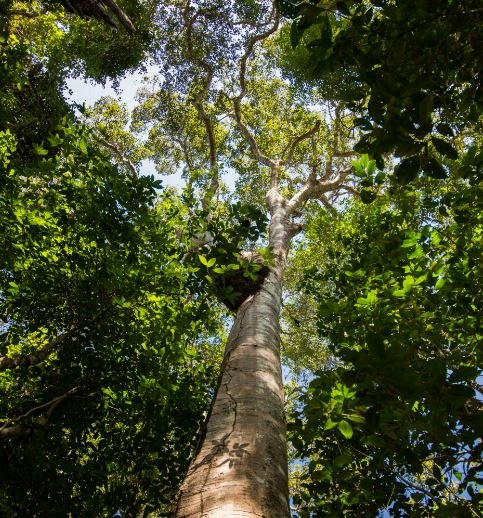
The experience of carbon markets and, in particular, of the Integrity Council for Voluntary Carbon Markets (ICVCM), underlines the importance of a transparent, independent and rigorous review/evaluation process for credit standards and methodologies. The ten science-based Core Carbon Principles (CCP) developed by the ICVCM to identify high-quality carbon credits have become a global benchmark for voluntary carbon market integrity, to pursue the goals of the UN’s 2030 Sustainable Development Agenda and the Paris Agreement. Since it is more complex to quantify biodiversity than carbon, this market will require greater clarity about the dimensions of biodiversity being measured and the scientific rigor of methods used to quantify this complexity in consistent, stable and comparable units.
Therefore, the biodiversity credit market must incorporate lessons from the carbon market experience, or risk facing problems such as low integrity and low-quality credits, weak demand and supply, slow uptake, high costs and few results. Well established scientific credibility can unlock the potential of biodiversity credits as a significant contribution to the goals of the Paris and Kunming-Montreal agreements (Swinfield et al., 2024) and, in the case of Brazil, to help finance deforestation-free agriculture.
References:
SWINFIELD, T. et al. Nature-based credit markets at a crossroads. Nature Sustainability (2024).
* Fernanda D. Gomes is researcher at the Instituto Internacional para Sustentabilidade; Eduardo Neto is researcher at the Instituto Internacional para Sustentabilidade; Juliana Almeida-Rocha is Technical-scientific Manager at the Instituto Internacional para Sustentabilidade.

